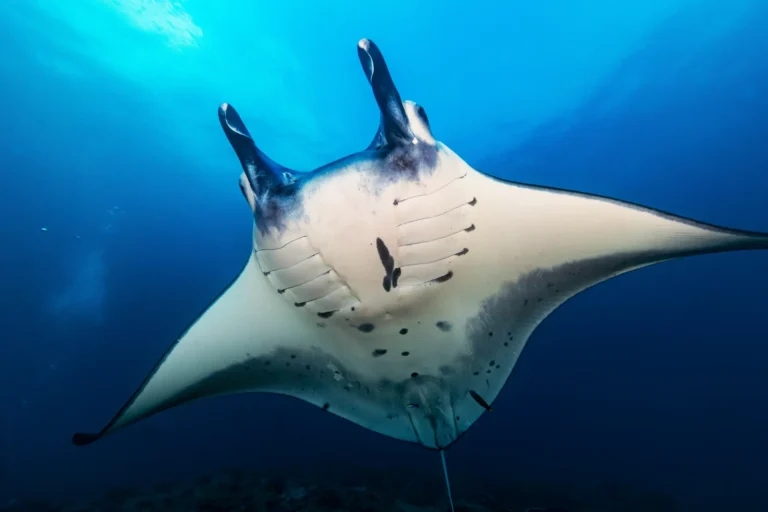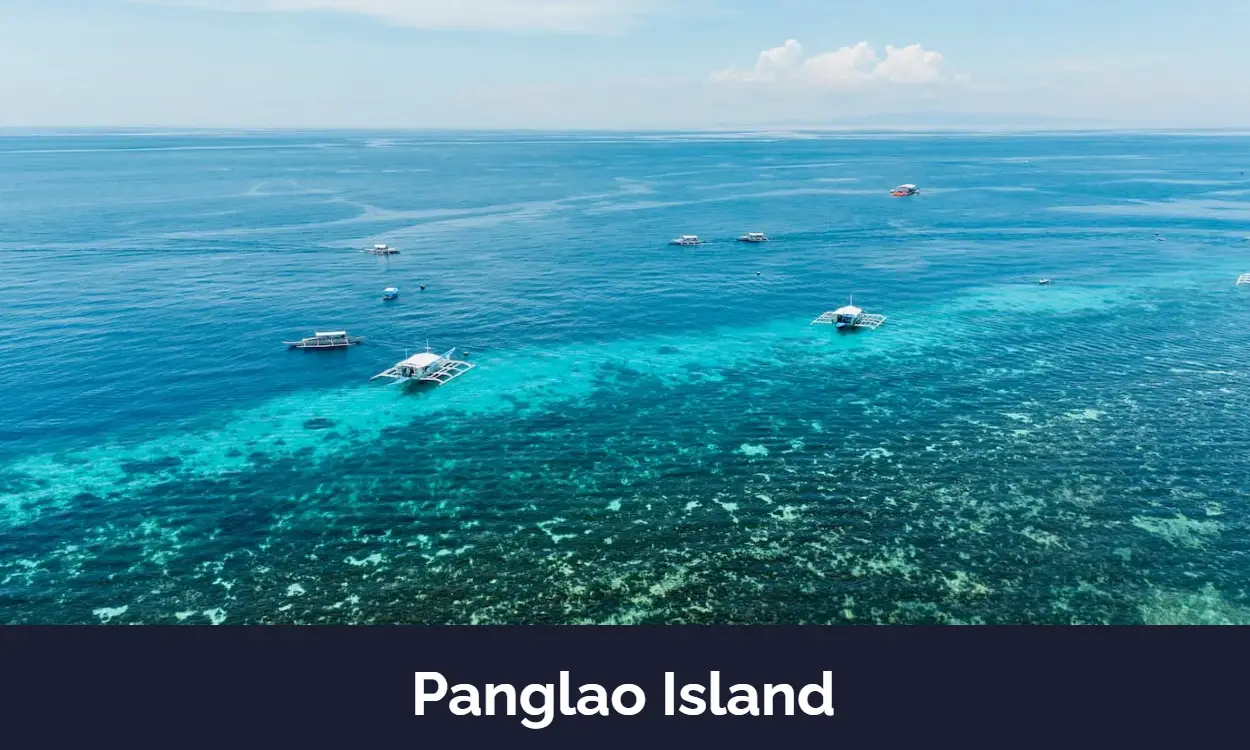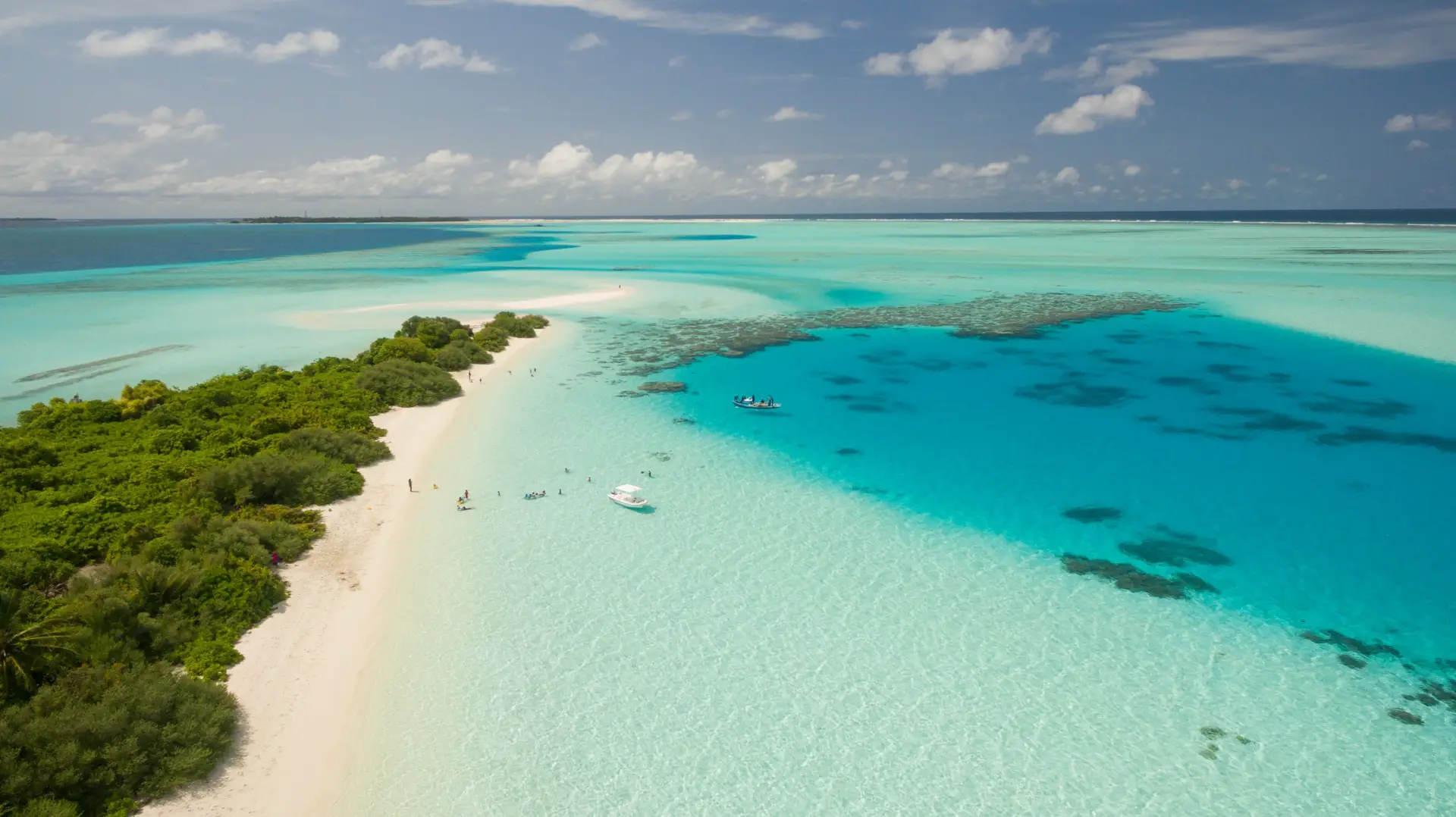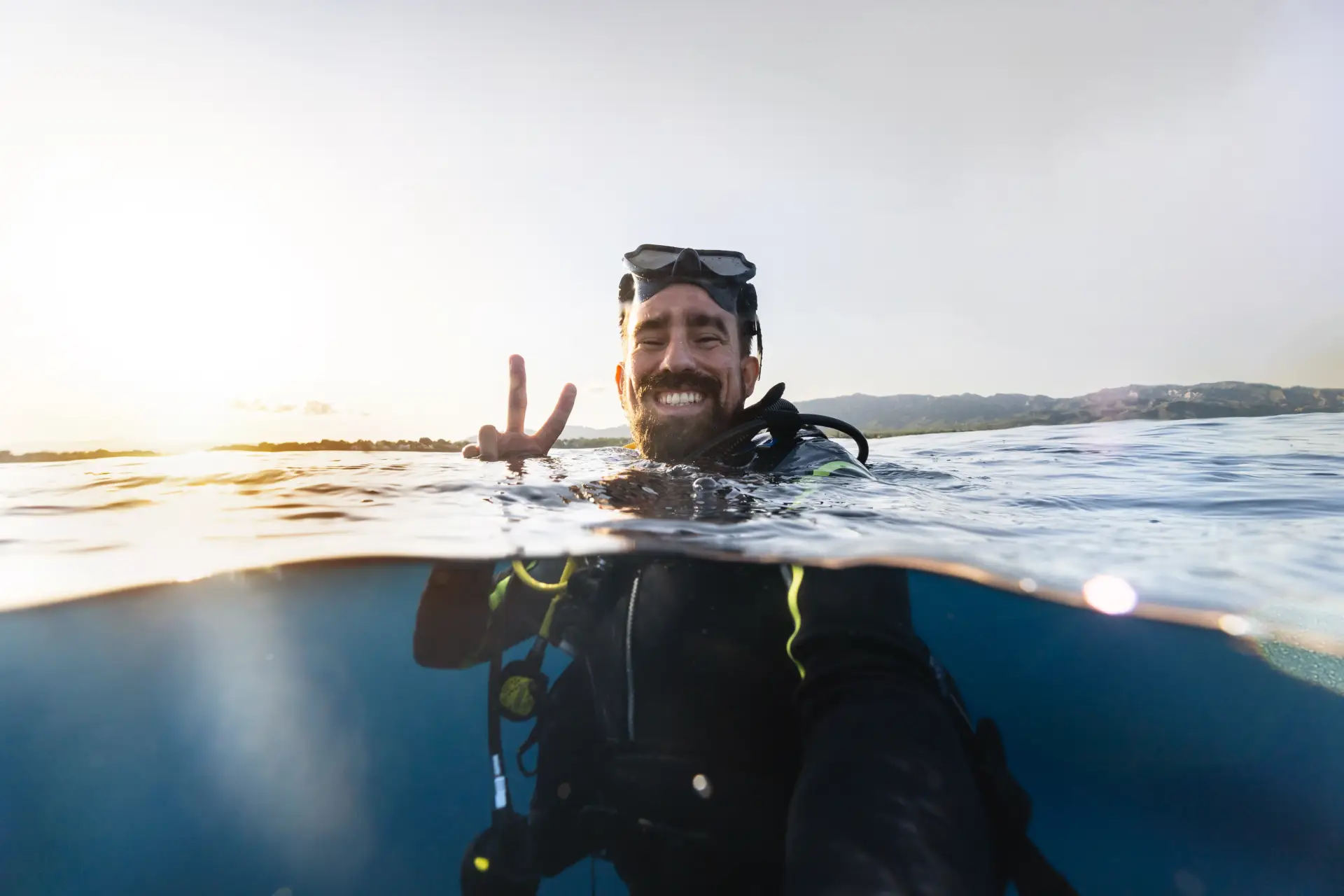The Rays of Bohol: From Blue-Spotted to Marble Whip
While sharks often get the adrenaline-fueled spotlight in the underwater world, there is another group of cartilaginous fish that brings a unique sense of grace, majesty, and wonder to the reefs: the rays. These elegant creatures, from the jewel-like bottom-dwellers to the majestic pelagic “flyers,” are a highlight of any dive.
The diverse marine ecosystems of Bohol provide the perfect habitat for an incredible variety of these graceful gliders. An encounter with a ray—whether it’s uncovering a hidden gem in the sand or witnessing a squadron fly past in the blue—is a truly magical experience. At Sierra Madre Divers, our guides have a deep appreciation for these animals and know the secret spots where they love to hunt, rest, and play.
So, let’s dive into the world of Bohol’s rays and introduce you to the beautiful creatures you might meet on your next underwater adventure.
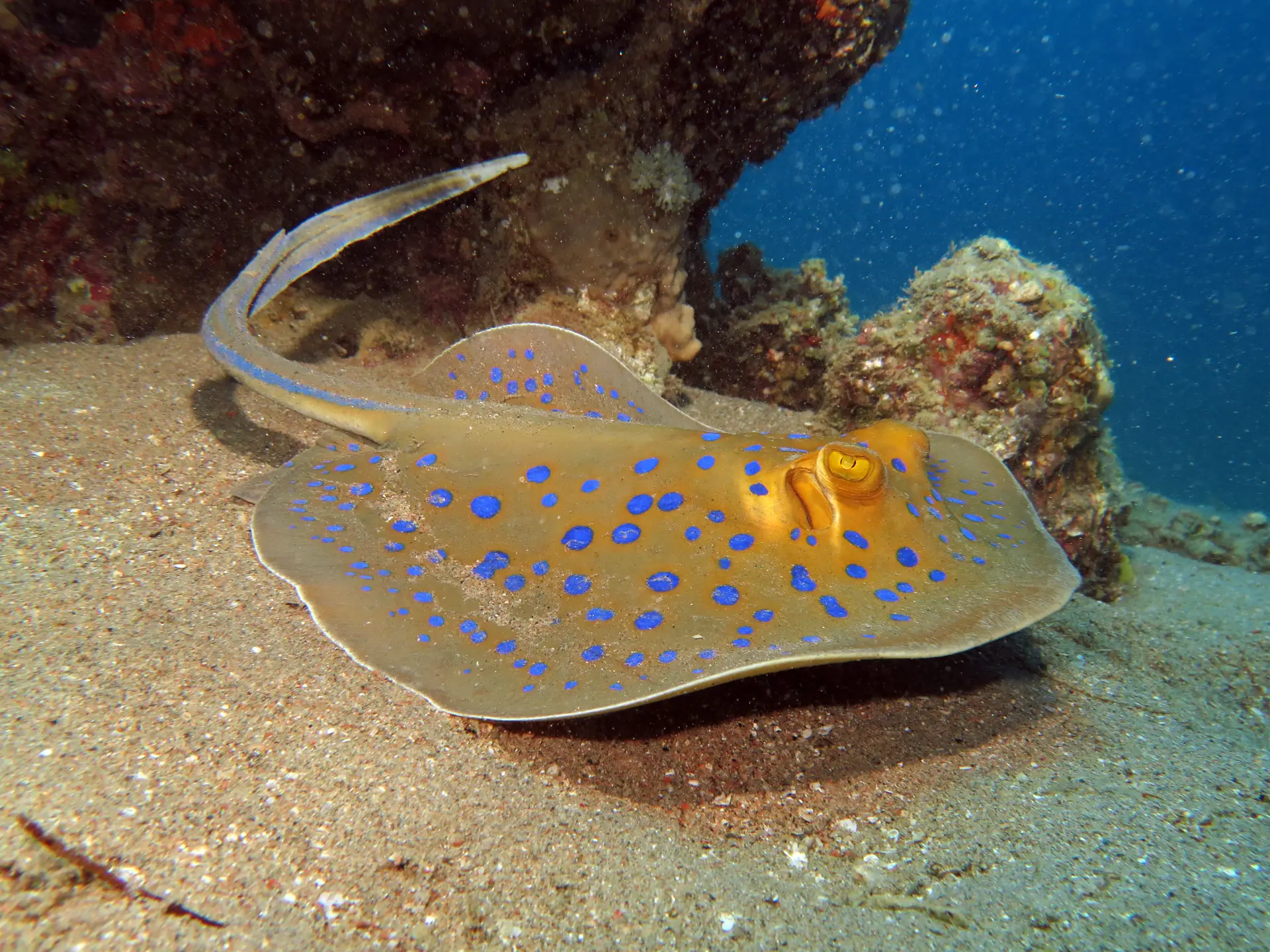
1. The Jewel of the Reef: The Blue-Spotted Fantail Ray (Taeniura lessoni)
This is arguably the most iconic and photogenic ray on any Indo-Pacific reef. For many divers, spotting the stunning, electric-blue spots of a Blue-Spotted Fantail Ray is a core memory. These relatively small rays, typically reaching about 35cm (14 inches) in disc width, are masters of camouflage and concealment.
- What to Look For: An oval-shaped, sandy-grey body covered in dazzling, iridescent blue spots. Look for two blue stripes on their tail, just before the defensive venomous barbs.
- Behavior and Habitat: These rays are shy and spend much of the day resting. Their favourite hiding spots are underneath table corals, in small caves, or under rocky ledges. Often, the only thing that gives them away is the sight of their beautiful tail peeking out from their shelter.
- Where to Find Them: On almost any reef dive around Panglao! The sandy patches and coral bommies of sites like our house reef, Danao Beach, and the shallow areas of Balicasag are prime hunting grounds.
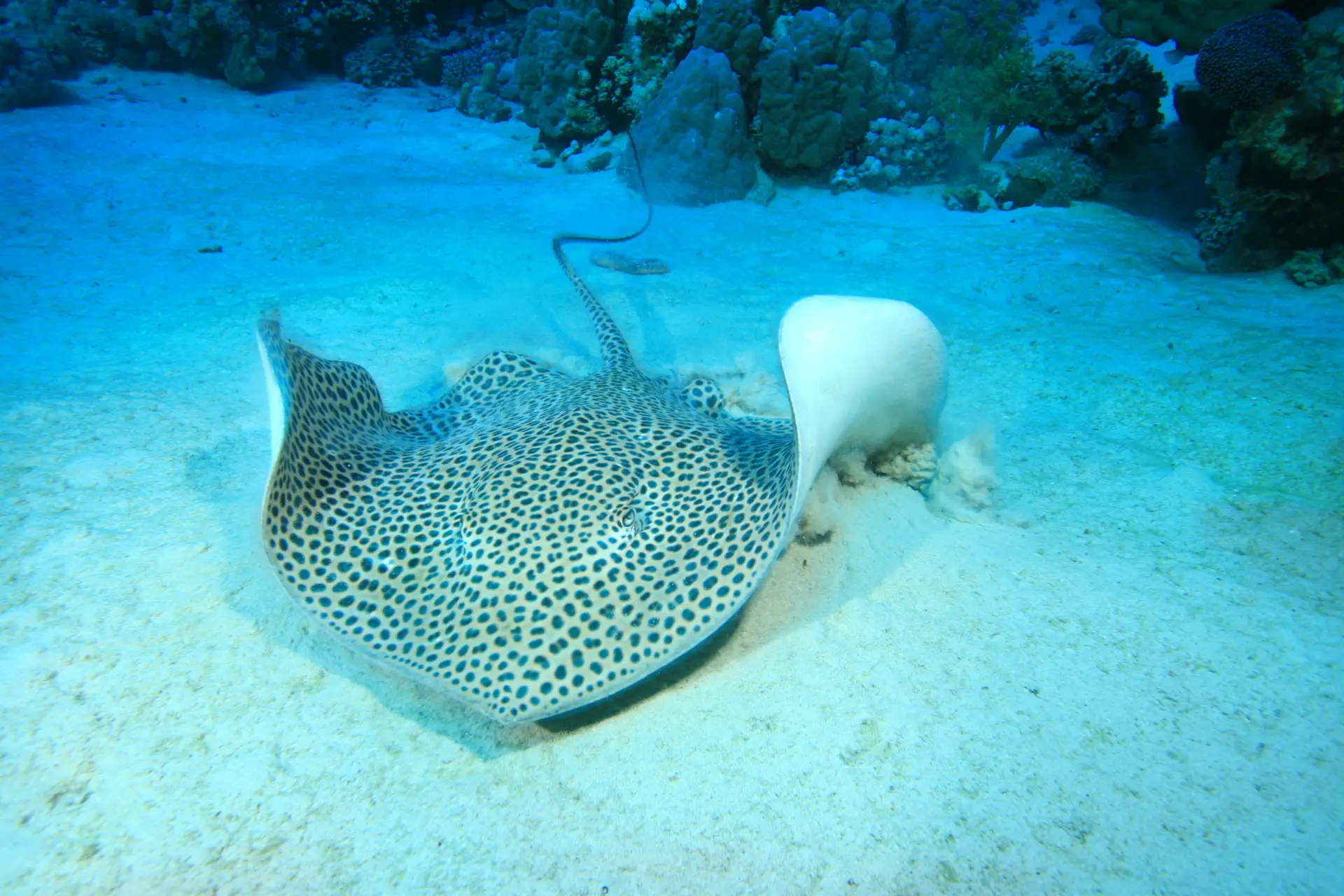
2. The Ornate Carpet: The Reticulate Whipray (Himantura uarnak)
Often referred to as the Marbled or Honeycomb Whipray, this is one of the most impressively patterned creatures you can find. Encountering a large Reticulate Whipray gliding over the sand is like watching a living, breathing Persian rug take flight.
- What to Look For: A large, diamond-shaped disc that can grow to over 1.5 meters (5 feet) wide. Their back is covered in a stunning, intricate network of dark spots or rings, giving them a leopard or giraffe-like appearance. Their tail is incredibly long and thin, like a whip, and can be more than twice the length of their body.
- Behavior and Habitat: These are bottom-dwellers, spending their time on open sandy plains, in shallow lagoons, and near seagrass beds where they hunt for crabs, shrimp, and small fish buried in the sand. You’ll often find them by spotting the “craters” they leave behind after excavating a meal.
- Where to Find Them: The expansive sandy flats and seagrass areas around the Virgin Island and other parts of Panglao are excellent places to look for these ornate giants.
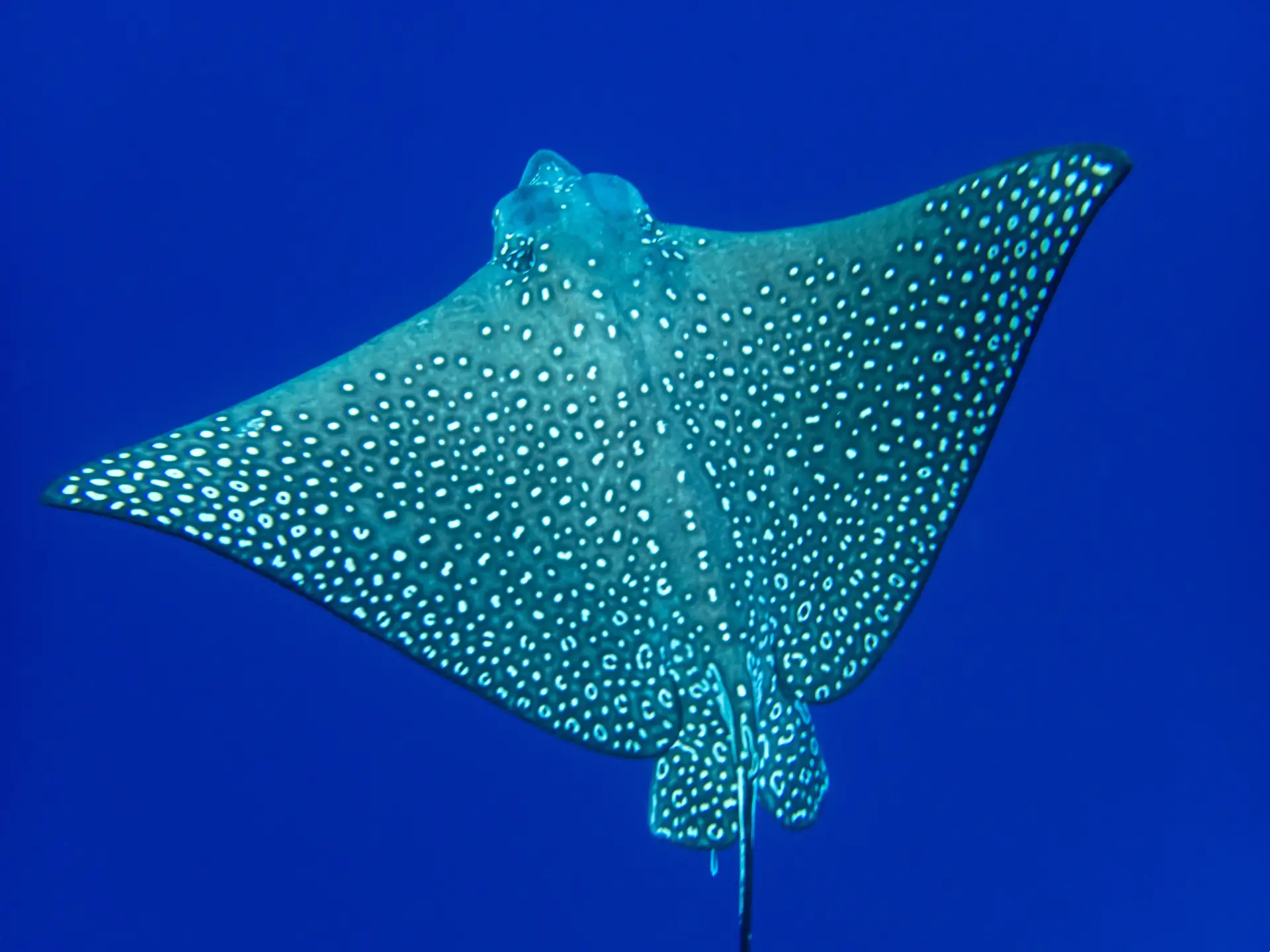
3. The Squadron in the Blue: The Spotted Eagle Ray (Aetobatus ocellatus)
If finding a bottom-dwelling ray is a treasure hunt, then seeing a Spotted Eagle Ray is a moment of pure, heart-stopping awe. These are the powerful, pelagic flyers of the ray world, and an encounter with them is always a highlight of any dive trip.
- What to Look For: A dark, dramatic dorsal side covered in a pattern of white spots or rings. They have a distinct, pointed head or “snout” and powerful, wing-like pectoral fins that they use to “fly” gracefully through the water column.
- Behavior and Habitat: Eagle rays are often seen in open water, cruising effortlessly along deep walls and reef edges. While they can be solitary, it’s not uncommon to see them traveling in small groups or “squadrons,” a truly breathtaking sight. They feed on mollusks and crustaceans, using their powerful jaws to crush shells.
- Where to Find Them: The key is to look away from the reef and out into the blue. The deep walls of Balicasag Island, particularly at sites like Black Forest and Rico’s Wall, are the best places to spot them. Keep your eyes peeled, as they can appear and disappear in an instant.
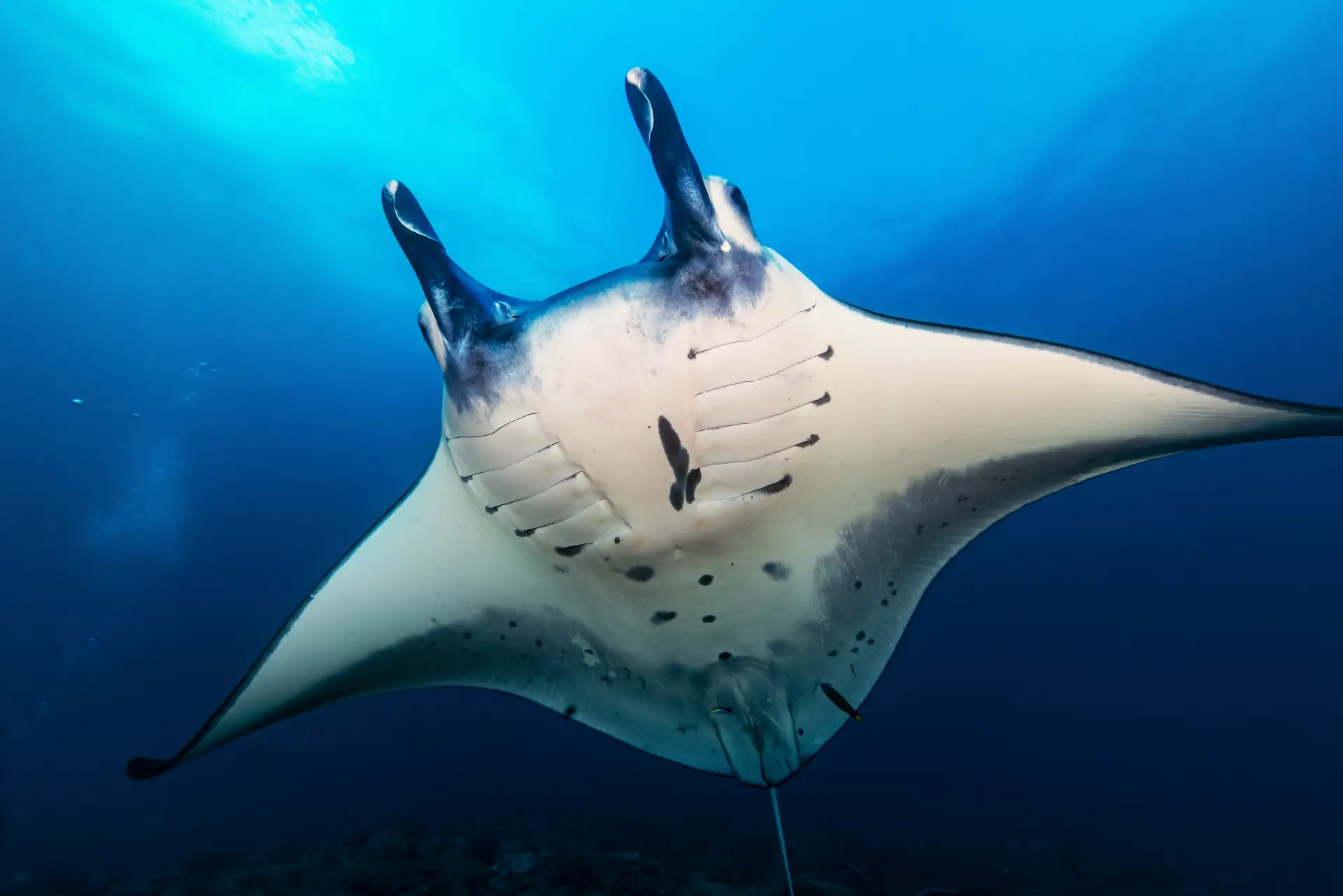
4. The Gentle Giant: The Reef Manta Ray (Mobula alfredi)
A Note on Expectations: The Manta Ray is the undisputed king of the rays, but it’s important to know that they are a rare and special sighting in Bohol, not a guarantee. An encounter is a matter of luck and perfect timing, making it all the more magical when it happens.
- What to Look For: An immense, diamond-shaped body with a wingspan that can reach up to 5 meters (16 feet). They are easily identified by their large, forward-facing cephalic fins on either side of their mouth, which they use to funnel plankton-rich water.
- Behavior and Habitat: These intelligent, gentle giants are filter feeders, often seen cruising in current-rich areas where plankton congregates. They are known for their curiosity and graceful, acrobatic movements.
- Where to Find Them: The dive sites around Pamilacan Island are known for stronger currents and are the most likely place to have a chance encounter with a Manta Ray, especially when the plankton is blooming.
How to Respectfully Dive with Rays
Encountering these creatures is a privilege. Here’s how to be a five-star guest in their home:
- Approach Slowly and Low: For bottom-dwelling rays, a calm, slow approach from the side is best. Avoid swimming directly over them, as this can make them feel trapped.
- Never Chase: The golden rule. Chasing any marine animal only causes stress and will result in it fleeing. Let them be, and you will get a much longer and more natural encounter.
- Respect the Barb: Stingrays are defensive, not aggressive. Their venomous barb is used only as a last resort for protection. Simply give them plenty of space, and there is no danger.
- Trust Your Guide: Our guides at Sierra Madre Divers know the behavior of these animals. They will show you how to get the best view without disturbing them, ensuring a safe and memorable experience for both you and the ray.
From the hidden jewels in the sand to the majestic squadrons in the blue, the rays of Bohol are waiting. Ready to witness their effortless grace? Join us for a dive, and let’s see who we can find.

